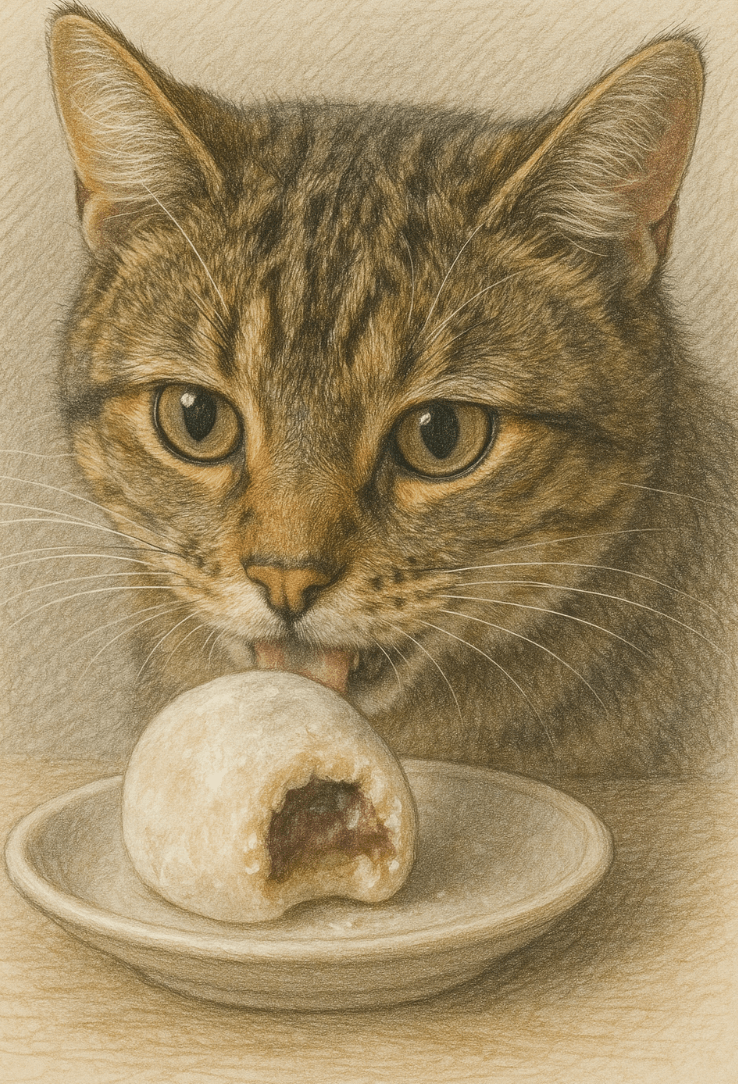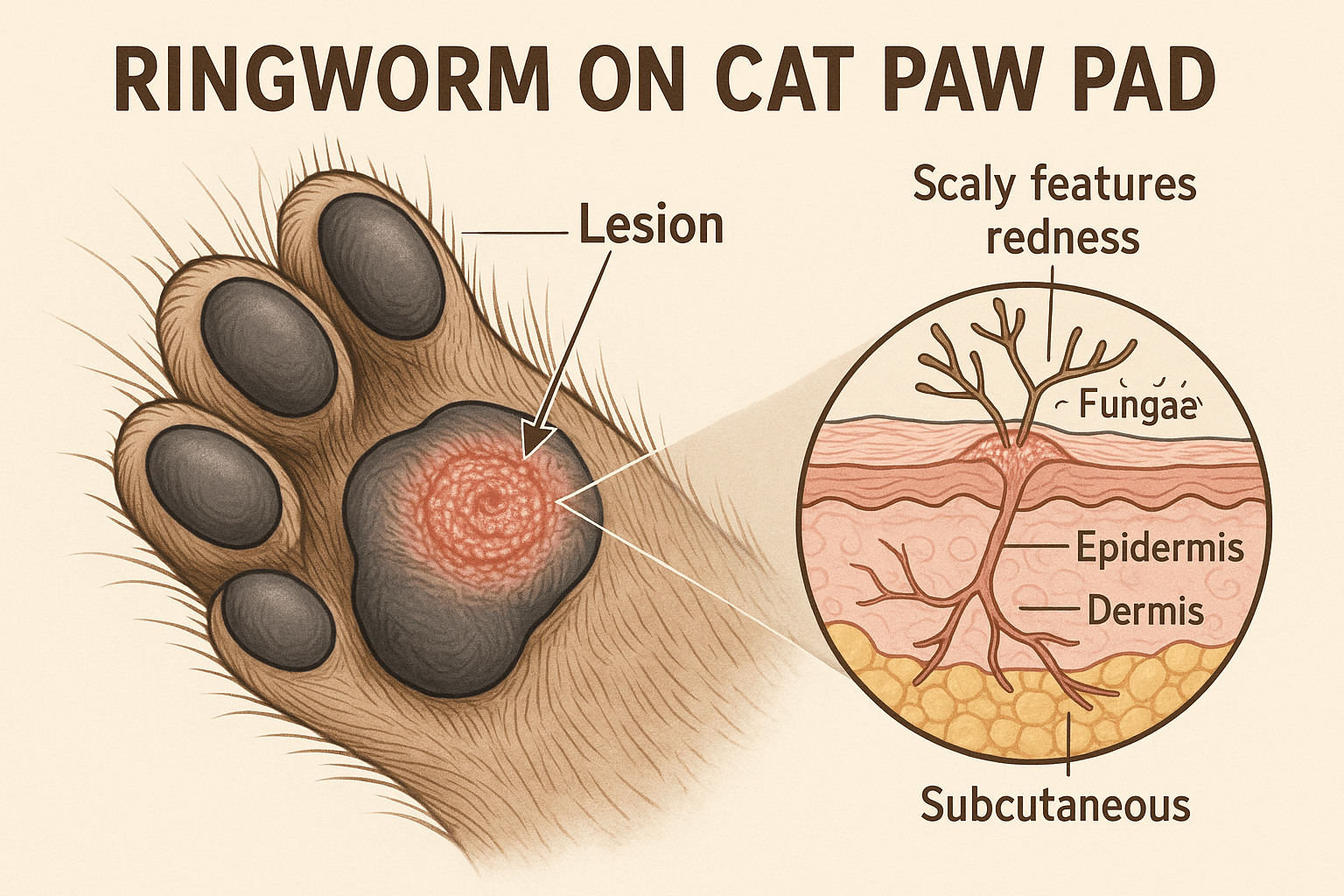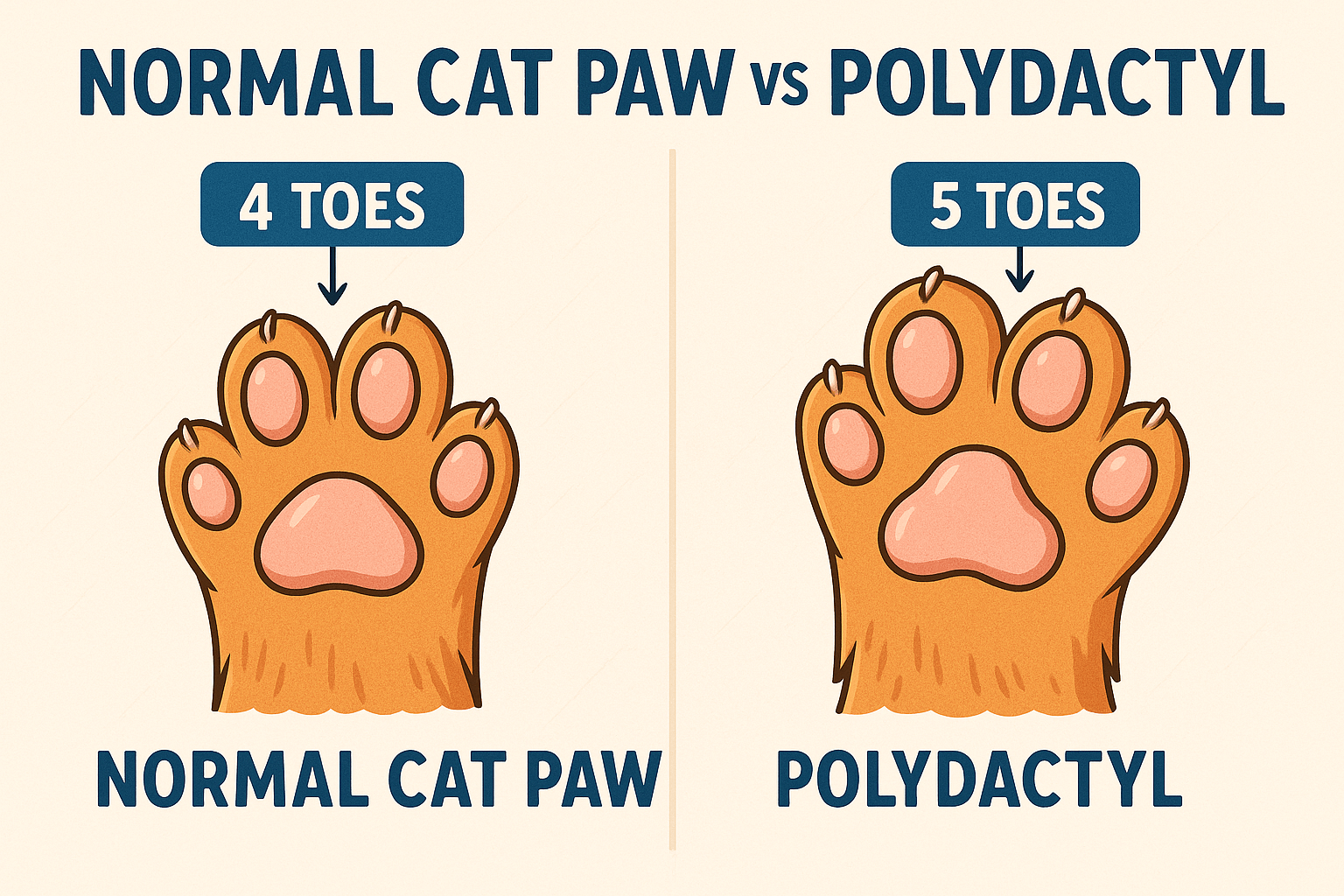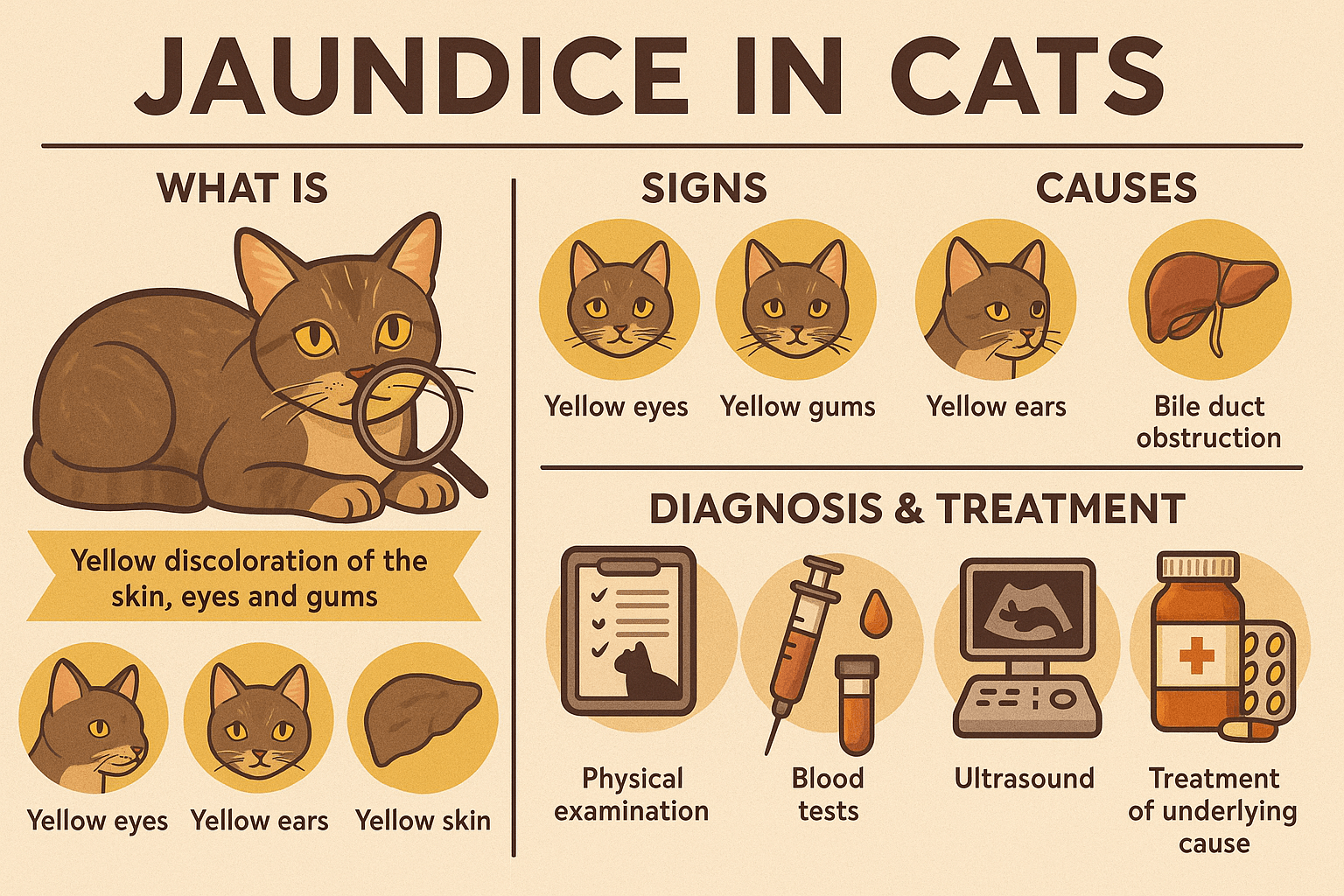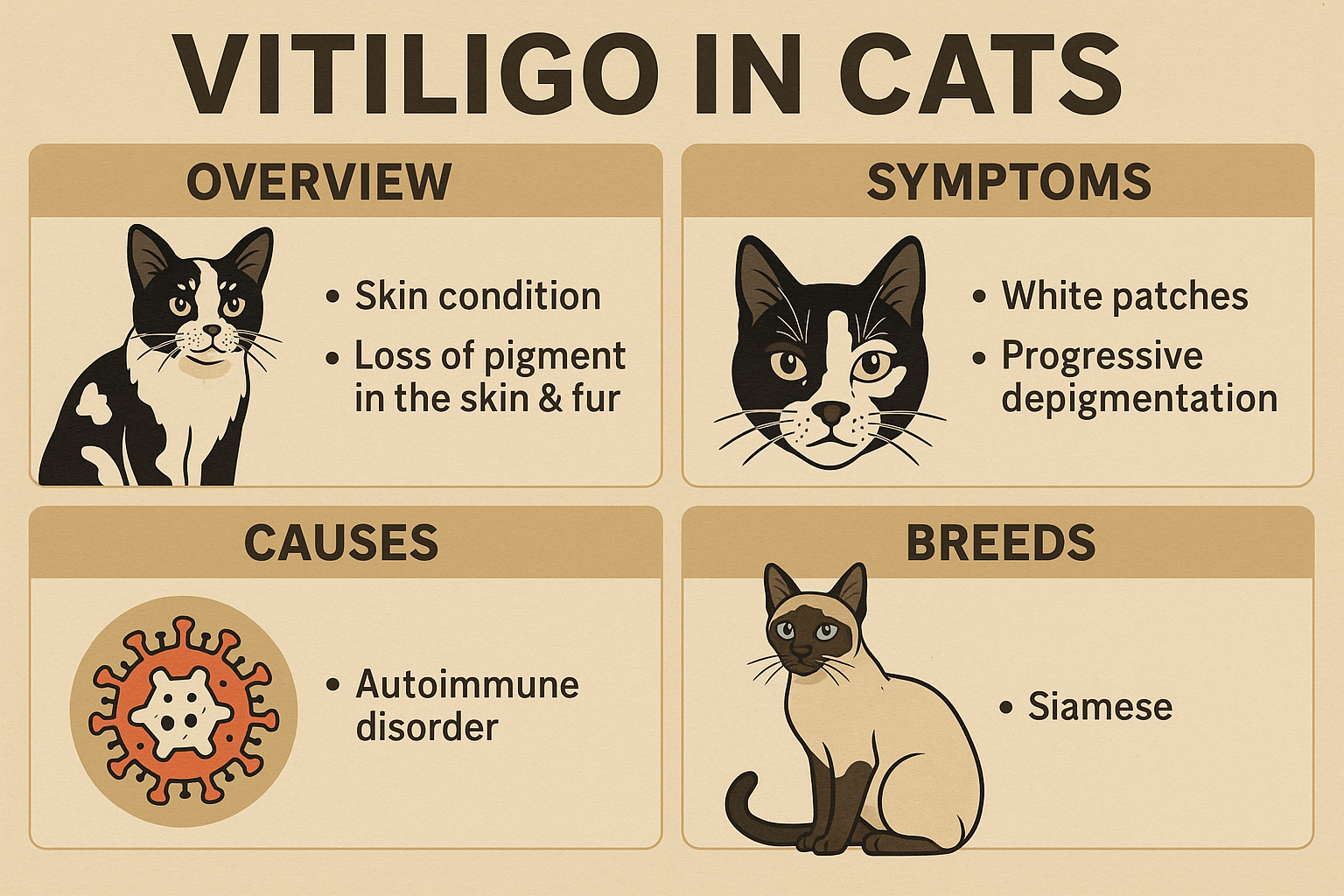Can Cats Eat Mochi? What You Need to Know
Mochi, the soft and chewy Japanese rice cake, has gained popularity worldwide for its sweet and versatile appeal. As a cat owner, you might wonder if your feline friend can safely enjoy this treat too. While cats are naturally curious about human foods, not everything we eat is safe or healthy for them. Mochi, with its sticky texture and unique ingredients, raises important questions about whether it’s suitable for cats. In this blog post, we’ll explore the potential risks and benefits of feeding mochi to your cat, offer expert advice on safer alternatives, and provide tips to keep your furry companion happy and healthy.
Potential Risks of Feeding Mochi to Cats
While mochi may seem harmless, it poses several risks that every cat owner should be aware of. These dangers stem from its texture, ingredients, and overall composition.
Choking Hazard:
Mochi’s sticky and dense texture can easily get lodged in a cat’s throat, leading to choking or difficulty breathing.Digestive Blockages:
The glutinous nature of mochi can clump together in a cat’s digestive tract, potentially causing blockages that require veterinary intervention.High Sugar Content:
Many mochi varieties contain added sugar, which can upset a cat’s stomach and contribute to obesity or diabetes over time.Artificial Additives:
Flavored or colored mochi often contains artificial ingredients that can be toxic or harmful to cats if ingested.Allergic Reactions:
Some cats may have sensitivities or allergies to rice flour or other components used in mochi, leading to symptoms like vomiting or diarrhea.
These risks highlight why caution is essential when considering giving mochi to your cat. Always prioritize their safety over curiosity or indulgence.
Is There Any Benefit to Feeding Mochi to Cats?
While mochi isn’t inherently toxic to cats, it offers very little nutritional value for them. However, there are some aspects worth noting if you’re considering sharing this treat sparingly.
Source of Carbohydrates:
Rice flour, the primary ingredient in mochi, provides carbohydrates, but cats don’t require carbs as part of their diet since they are obligate carnivores.Hydration Boost (In Small Amounts):
Plain mochi contains moisture, which could slightly aid hydration—but water remains a far better option.Novelty Factor:
Offering a tiny piece of plain mochi might satisfy your cat’s curiosity about new textures, though it shouldn’t become a regular habit.No Immediate Toxicity:
Plain mochi without additives isn’t immediately poisonous, making it less risky than chocolate or onions—but still not ideal.Opportunity for Bonding:
Sharing a safe, vet-approved snack can strengthen your bond, though mochi isn’t the best choice for this purpose.
Ultimately, the lack of significant benefits makes mochi an unnecessary addition to your cat’s diet.
Check this guide 👉Can Cats Eat Kimchi? Best 7 Expert Tips!
Check this guide 👉Can Cats Eat Termites? Best 7 Expert Tips!
Check this guide 👉Can Cats Eat Apple Cider Vinegar? Best 7 Expert Tips!
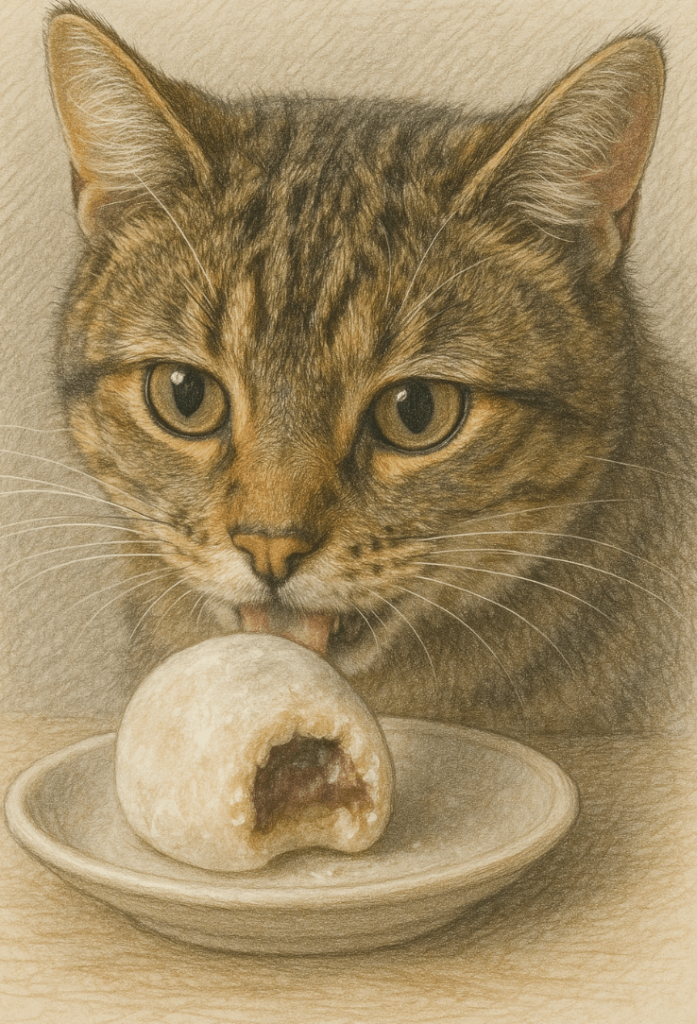
Safe Alternatives to Mochi | Risks of Unsafe Snacks for Cats |
|---|---|
Cooked plain chicken (no seasoning) | Sticky foods like mochi causing blockages |
Cat-safe dental treats | Sugary snacks leading to obesity |
Fresh cucumber slices | Artificial flavors triggering allergies |
Small amounts of plain pumpkin | Choking hazards from dense textures |
High-quality commercial cat treats | Toxic ingredients harming digestion |
How to Safely Introduce New Foods to Your Cat
If you’re tempted to share human foods with your cat, it’s crucial to follow guidelines to ensure their safety and well-being. Here’s how to introduce new foods responsibly.
Consult Your Veterinarian First:
Always seek professional advice before offering unfamiliar foods to rule out potential risks.Start with Tiny Portions:
Give your cat a minuscule amount initially to monitor their reaction and detect any adverse effects.Avoid Spices and Seasonings:
Human foods often contain salt, garlic, or onion powder, which are toxic to cats—stick to plain, unseasoned options.Monitor for Allergic Reactions:
Watch for signs like itching, swelling, vomiting, or diarrhea after introducing a new food.Stick to Species-Specific Diets:
Remember that cats thrive on meat-based diets; avoid feeding them foods designed for humans.
By following these steps, you can minimize risks and ensure your cat stays healthy while exploring new flavors.
Signs Your Cat May Be Struggling with Food Intolerance
Even seemingly harmless foods like mochi can cause issues if your cat has a sensitive digestive system. Watch for these warning signs to act quickly if something goes wrong.
Vomiting or Regurgitation:
If your cat vomits shortly after eating, it could indicate intolerance or obstruction caused by sticky foods like mochi.Diarrhea or Loose Stools:
Digestive upset often manifests as diarrhea, signaling that the food isn’t agreeing with your cat’s system.Lethargy or Discomfort:
A sudden lack of energy or visible distress may suggest internal irritation or blockage.Excessive Drooling:
Drooling could signal nausea or discomfort caused by swallowing something inappropriate.Refusal to Eat:
If your cat avoids food entirely after trying a new snack, it may indicate gastrointestinal distress.
Recognizing these signs early allows you to seek veterinary care promptly, preventing further complications.
Common Mistakes to Avoid When Feeding Cats Human Foods
Feeding cats human foods requires careful consideration to avoid mistakes that could endanger their health. Here are some pitfalls to watch out for.
Assuming All “Non-Toxic” Foods Are Safe:
Just because a food isn’t toxic doesn’t mean it’s suitable for your cat’s digestive system.Ignoring Portion Sizes:
Even small amounts of certain foods can upset a cat’s stomach or cause long-term harm.Overlooking Hidden Ingredients:
Processed foods often contain hidden additives that can be harmful to cats.Forgetting Cats Are Obligate Carnivores:
Unlike humans, cats need animal-based proteins and fats—not grains or carbs.Neglecting Veterinary Advice:
Skipping a professional opinion can result in unknowingly harming your cat with inappropriate foods.
Avoiding these mistakes ensures a safer and healthier experience for your cat.
Alternatives That Mimic the Fun of Mochi
If you’re looking for ways to indulge your cat’s curiosity without the risks of mochi, there are plenty of alternatives that mimic its novelty.
Soft Dental Chews:
Designed specifically for cats, these chews provide a similar texture without the choking hazard.Freeze-Dried Meat Treats:
These treats offer a fun, chewy texture while delivering protein-rich nutrition.Homemade Cat Treats:
Simple recipes using cooked chicken or fish let you control exactly what your cat consumes.Edible Cat Grass:
Provides a unique sensory experience and aids digestion, satisfying your cat’s need to explore new textures.Interactive Puzzle Feeders:
Stimulate your cat mentally and physically, fulfilling their instinctual need to engage with their environment.
These alternatives allow you to cater to your cat’s instincts while keeping them safe.
Understanding Your Cat’s Natural Instincts Around Food
Cats are naturally curious about new foods, driven by their evolutionary history as hunters. Understanding their instincts helps explain their fascination with human snacks like mochi.
Hunting Behavior:
Wild ancestors explored diverse textures and tastes, so domestic cats retain this instinctive drive.Teething and Chewing Needs:
Kittens and young cats chew on objects to relieve teething discomfort, making chewy snacks appealing.Nutrient Seeking:
Cats crave protein and fat found in animal-based foods, meaning plant-based snacks like mochi hold little appeal nutritionally.Playful Exploration:
Cats use their mouths to investigate new items, and mochi’s soft texture might intrigue them temporarily.Territorial Marking:
Chewing and gnawing on objects like mochi can serve as a way for cats to assert ownership or relieve stress.
By recognizing these behaviors, you can better address your cat’s needs in a safe and controlled manner.
Frequently Asked Questions About Cats and Mochi
Can cats eat plain mochi?
While plain mochi isn’t toxic, its sticky texture poses choking and digestive risks, so it’s best avoided.
What happens if my cat eats mochi?
Monitor for signs of choking, vomiting, or digestive issues; contact your vet if symptoms arise.
Are there cat-safe versions of mochi?
No, mochi isn’t formulated for cats, and even plain versions carry risks due to their texture.
How much mochi is safe for cats?
None—mochi isn’t recommended for cats due to its potential dangers.
What should I do if my cat shows signs of distress?
Contact your veterinarian immediately to assess the situation and prevent serious complications.
Prioritizing Your Cat’s Health Over Curiosity
While it’s natural to want to share delicious treats like mochi with your cat, their health and safety must always come first. Mochi’s sticky texture, high sugar content, and lack of nutritional value make it unsuitable for feline consumption. Instead, focus on providing species-appropriate snacks and consulting your veterinarian for guidance on safe treats. By staying vigilant and prioritizing your cat’s dietary needs, you can ensure they lead a long, happy, and healthy life. Remember, a little restraint now can prevent big problems later!
Ringworm on Cat Paw Pad: Best 7 Expert Tips! Discover expert advice on identifying, treating, and preventing ringworm on your cat’s paw pad to ensure their health and comfort.
Normal Cat Paw vs Polydactyl: Best 7 Expert Tips! Discover the unique traits of polydactyl cats, care tips for their extra toes, and how they differ from normal paws in functionality and charm.
Understanding Jaundice in Cats: Best 7 Expert Tips! Discover causes, symptoms, and treatment options to help your feline friend recover from jaundice effectively.
Understanding Vitiligo in Cats: Best 7 Expert Tips! Discover expert advice on identifying, managing, and supporting cats with vitiligo while celebrating their unique beauty.

